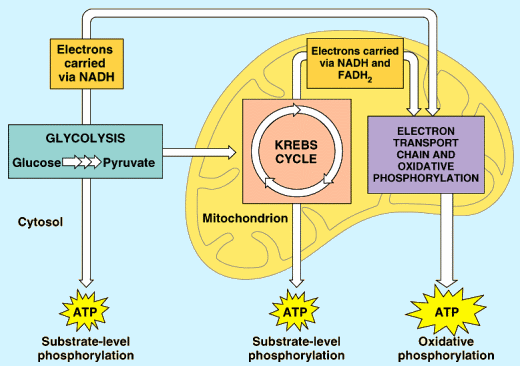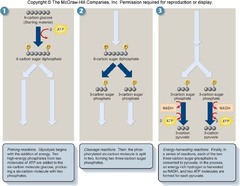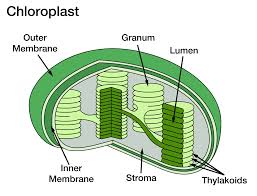Important Announcements:
**New section started today
**Next exam will be on chapters 6 and 7
**It will be testing
energy, photosynthesis, cellular respiration, etc.
ENERGY - the ability to do work.
-
Energy Flow: It exists in two states: Kinetic and Potential. Classic example: boulder on the hill. While the rock sits on top, it has potential. When it is pushed or rolls down, it now has kinetic energy.
-
Thermodynamics: 2 laws
A. Energy cannot be created nor destroyed, it can only be converted from one form to another. Whenever energy is converted from one to another, energy is always lost (usually in the form of heat).
B. Entropy happens/Disorder (Entropy) in closed systems is continuously increasing. Entropy is a measure of the disorder of system. Classic example: eating, cleaning your room every week.
-
Chemical Reactions:
A. Begin with reactants (substrates) which are converted to products.
B. 2 Types: Exergonic reactions (leaving/exit) - products contain less energy than the reactants.This reaction would feel extremely hot.
Endergonic reactions - products contain more energy than the reactants. ATP allows for this. This reaction would feel extremely cold. This is because the reaction is absorbing heat from the environment. Example: cold packs for althetes.
Graph -
Energy of Activation (the humps on the graph): extra energy required to destabilize chemical bonds and so initiate a chemical reaction.
Catalysts: lower the activation energy of a reaction, and thus increase its rate. **However, they cannot make an endergonic an exergonic. Dotted line on the graph.

-
Enzymes: proteins that lower the activation energy required for a reaction to take place. Hydrogen Peroxide, H2O2 = H2O + O2 This equation is NOT balanced. Balance to 2H2O2 = 2H20 + O2. This happens very, very slowly. First enzyme ever discovered: Catalase. Active site - where the substrate(s) (reactant) will "fit". Remember as "the key". Because of this reaction, hydrogen peroxide is not the best antiseptic. The bubbling is actually indicating that the reaction has quit (release of oxygen gas).
A. Enzyme Activity: Graph b is the correct graph. Compare this reaction to an easter egg hunt. 1 egg every three seconds, but there's only so many easter eggs and the amount of kids are the same. Fewer eggs to be picked up and eventually get to 1 egg per minute. So in the reaction, the amount of catalase stays the same, but the amount of reactants decreases so the graph flattens out.




















